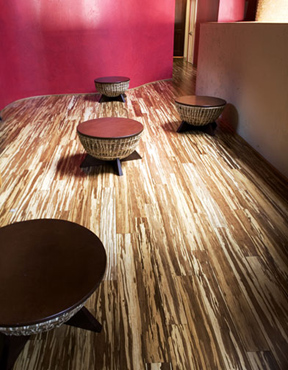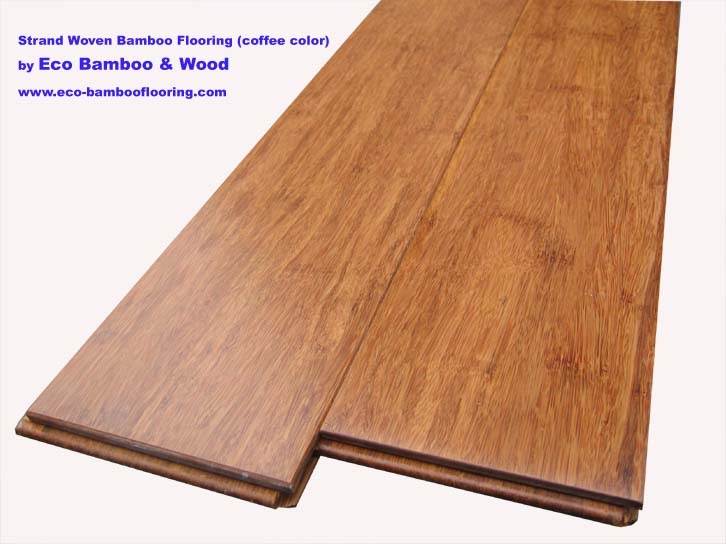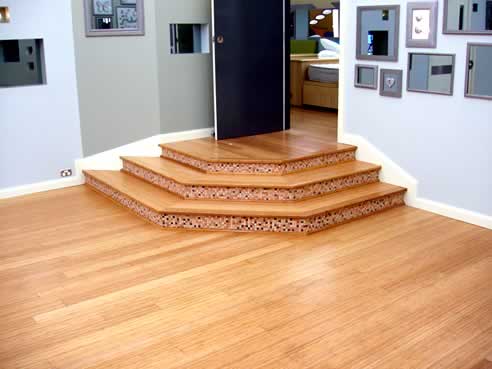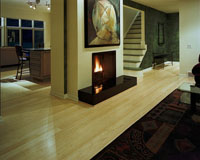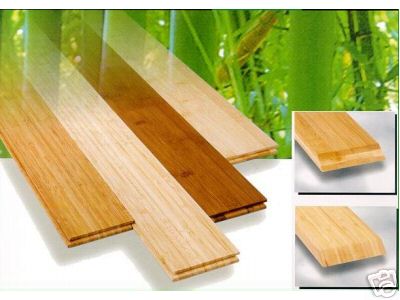
 Bamboo Hardwood Flooring
Bamboo Hardwood FlooringInstalling hardwood flooring is a very popular home improvement project. This is particularly true now that more and more people are learning that carpets can hide mildew, mold, pet dander, dust mites, and other tiny particles that can make trouble for allergy sufferers. Hardwood flooring is easy to keep clean, and there is no place for potential allergens to hide. Wood floors also have the added benefit of looking gorgeous.
Okay, okay, you're probably already sold on hardwoods or you wouldn't be reading this article. What you may be wondering now is what type of wood is best? Should you go with oak, or maple? A soft wood such as pine? Something more exotic such as teak? Or maybe you have considered bamboo flooring, which is actually a grass instead of a wood but that has many of the qualities of hardwoods.

 Bamboo Hardwood Flooring
Bamboo Hardwood FlooringThe truth is that each type of wood I've mentioned can be used, and each has different characteristics, such as color, grain, and hardness. It may simply come down to what wood you think looks best. I'm going to give you the characteristics of some of the more popular choices in order to help you decide. Let's get started:
Oak Flooring
Oak is very popular because it is a heavy and hard wood, which makes it quite durable. It can resist the wear and tear of an active family. This species is also handsome and comes in a range of colors, depending on whether you choose white oak or red oak.
Maple Flooring
For folks who want something a little lighter colored than oak, maple is a popular choice. It varies from a pale white to a reddish brown and has a uniform texture. Because it's a very hard wood, it stands up well and resists scratches and dents.
Pine Flooring
Pine is actually a "softwood" so it is more susceptible to scratches, dings, and dents. However it is still enjoyed by homeowners who prefer the character of a worn floor. Since it was used widely in the 18th and 19th centuries, the wide knotty planks are popular in historic houses and log homes because they can create an authentic rustic feel. Pine is also less expensive than oak or maple.
Teak Flooring
Teak was once used predominantly outdoors because it is so resistant to insects, fungi, rot, and temperature shifts. Its handsome color, which can range from yellowish brown to a dark golden brown, is prompting homeowners to use it indoors now as well. Because of its natural resistance to dampness, it can be a good choice if you want hardwood floors in the kitchen or even the bathroom (though you still need to apply a good finish).






